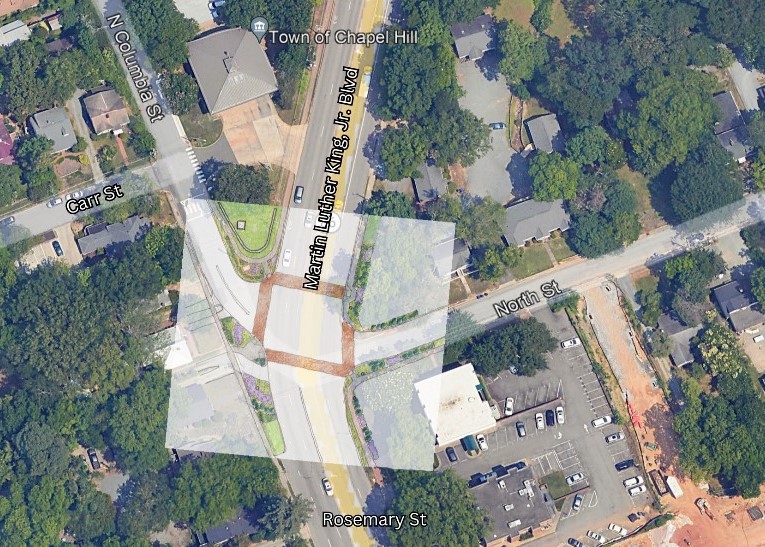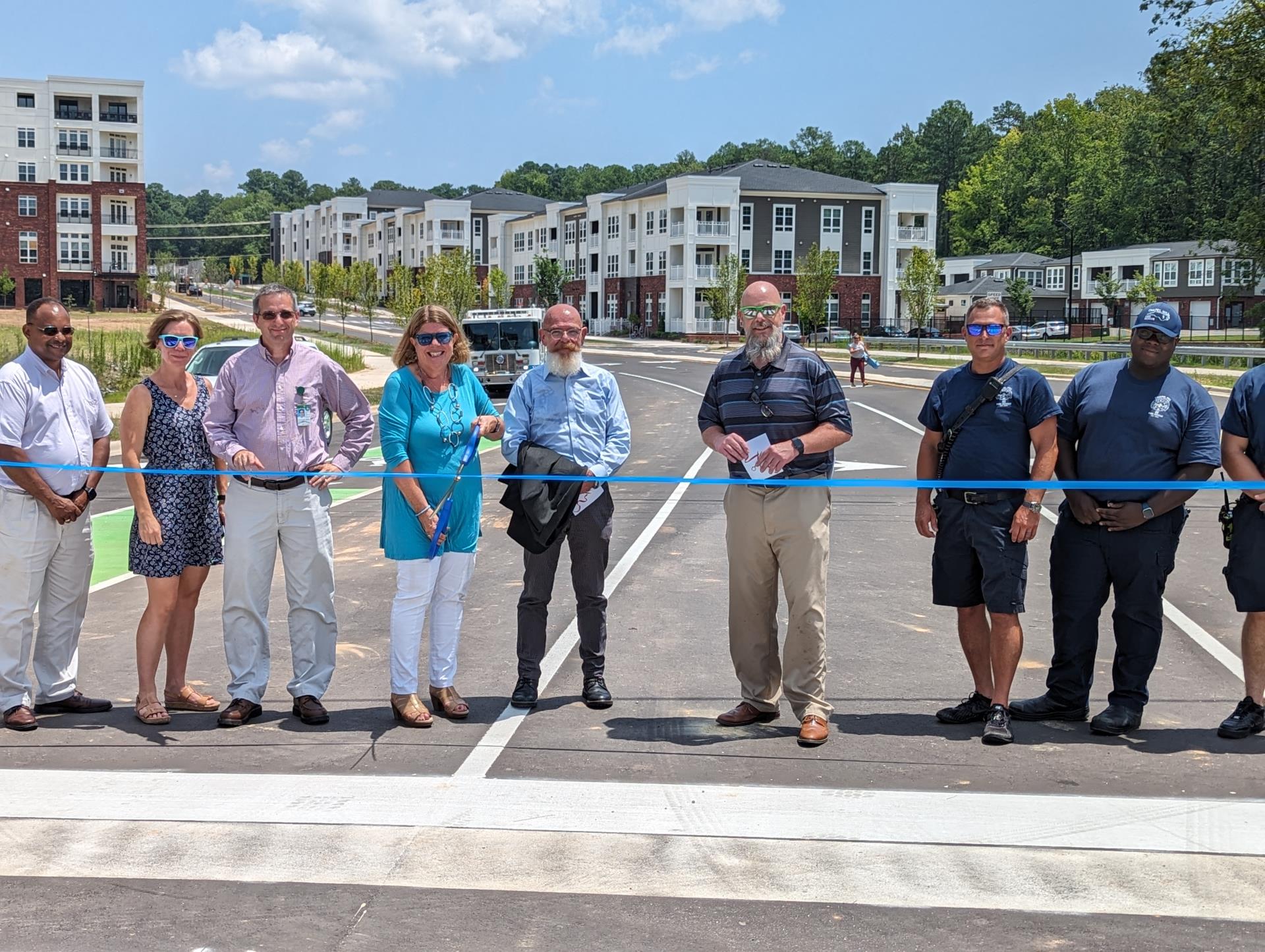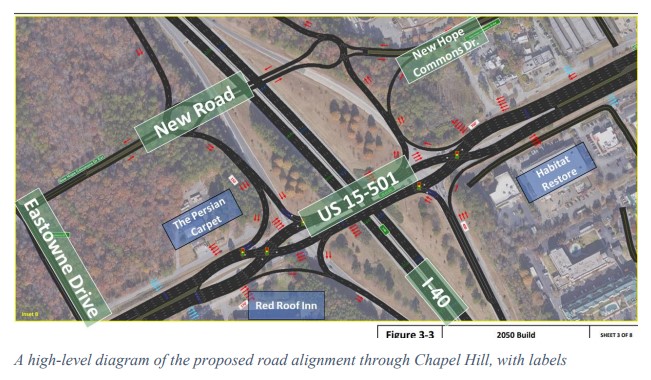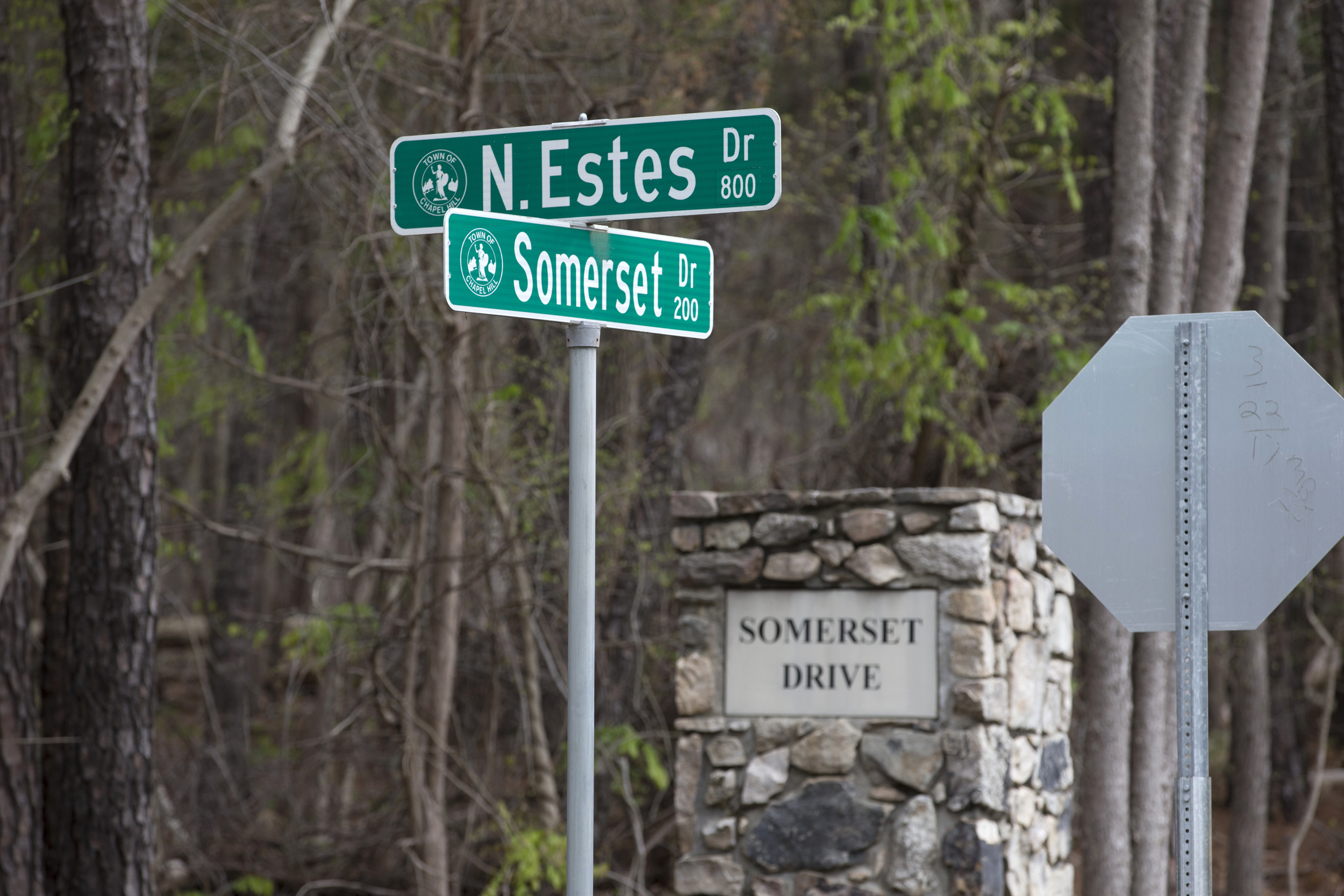If you drive a lot in Orange County, you’ve probably noticed traffic getting heavier – but Orange County’s actual population hasn’t been changing much in recent years.
What’s the explanation?
Demographic statistics suggest it’s all about increased commutes.
“Fewer people who work in Orange County are living in Chapel Hill, Carrboro or Hillsborough, compared to a decade ago,” says Rebecca Tippett, the director of Carolina Demography at UNC’s Carolina Population Center.
Tippett says Orange County’s population is up about nine percent this decade, but that’s the slowest population growth we’ve seen since the 1930s.
In Chapel Hill specifically, the slowdown has been even more dramatic: after growing by at least 19 percent in each of the last four decades, Chapel Hill’s population in the 2010s has grown by just 6.6 percent.
Carrboro’s growth has slowed down as well – only nine percent this decade, versus at least 38 percent in the 1970s, 1980s, and 1990s (and 16.7 percent in the 2000s).
“(It’s been) very different from the last few decades,” Tippett says.
So why are we perceiving so much more traffic on our roads?
Tippett says the answer lies in our commute times.
“Since 2002, there’s been a steady uptick in the number of Orange County residents who leave the county for work,” she says. “At the same time, there’s been an even faster growth in the number of people who are working in Orange County but aren’t living here. They’re coming here from somewhere else.”
According to the US Census Bureau, since 2007 there’s been a 15 percent drop in the number of Orange County residents who work in Chapel Hill, and a significant increase in the number of residents who leave the county for work. At the same time, people who work in Orange County are now more likely to live outside of Orange and commute in for their jobs.
According to those census numbers, there are more than 41,000 people who commute into Chapel Hill to work – versus only 14,000 who leave Chapel Hill for their jobs.
And Tippett says that’s what’s making Chapel Hill feel crowded.
“Chapel Hill’s daytime population increases by over 25,000 people, due to in-commuting from other places,” she says. “So if it feels like there’s more people here…it’s probably because of the employment factor, not because of the permanent population.”
The number of Chapel Hill residents who work in Chapel Hill?
As of 2017, only 6,627.
Tippett presented those numbers in September at the Chamber for a Greater Chapel Hill-Carrboro‘s annual State of the Community Report.
Related Stories
‹

2020 Census: North Carolina Sees Population Increase, Gains Seat in U.S. HouseAs a result of the 2020 U.S. Census data, North Carolina is one of six states to gain seats in the reapportionment of the U.S. House of Representatives. Other states gaining seats include Texas, Florida, Colorado, Oregon, and Montana, while seven states lost seats.
![]()
Orange County's Population: Not Changing The Way We Think?Orange County's population is growing more slowly than many believe - and our diversity is changing in ways we don't often perceive.

UNC: Ridge Road Open to One Lane After Month-Long Closure, Still 2 Weeks From Normal TrafficRidge Road on UNC campus is allowing vehicles and pedestrians through once again. But normal traffic patterns are likely still weeks away.

Chapel Hill Details New Intersection for MLK Boulevard, North Street; Work to Begin in JanuaryMajor changes are coming to a Chapel Hill intersection to improve pedestrian safety and connection to the town’s future parking deck, with work set to begin within the first week of 2024. The Town of Chapel Hill shared a release with the community on December 21, saying the intersection of Martin Luther King Jr. Boulevard […]

Lane Changes for Multiple Projects Begin in Chapel HillTwo projects around Chapel Hill are affecting traffic for local travelers after getting started on Wednesday. Work by town contractors on the Homestead Road Connectivity Project began to build a sidewalk and mutli-modal options along the road between Seawell School Road and the Weaver Dairy Road extension. It’s the latest effort to improve pedestrian and […]

Chapel Hill Completes Elliott Road Extension, Opens to All TrafficA long-standing project to improve traffic and connectivity in Chapel Hill is now finished, according to the town government. A release from Chapel Hill on Thursday said the extension of Elliott Road was set to officially open on Friday at 8 a.m., and saw vehicles drive down it as soon as traffic cones were moved. […]

Chapel Hill Given 'Huge Shock' by Potential Redesign of U.S. 15-501 ExchangeLast week, the Department of Transportation sent the Town of Chapel Hill a concept design to change U.S. 15-501 exchange with Interstate 40.

Chapel Hill: One-Way Traffic on Estes Drive to Extend to MLK BoulevardThe next phase of the Estes Drive Connectivity Project is leading to even more of the popular road being converted to one-way traffic, according to the Town of Chapel Hill. A release from the local government said starting the week of January 30, the stretch of Estes Drive from Somerset Drive to Martin Luther King […]

China Records 1st Population Fall in Decades as Births DropWritten by KEN MORITSUGU China’s population shrank for the first time in decades last year as its birthrate plunged, official figures showed Tuesday, adding to pressure on leaders to keep the economy growing despite an aging workforce and at a time of rising tension with the U.S. Despite the official numbers, some experts believe China’s […]

World Population Hits 8 Billion, Creating Many ChallengesWritten by DAN IKPOYI and CHINEDU ASADU The world’s population is projected to hit an estimated 8 billion people on Tuesday, according to a United Nations projection, with much of the growth coming from developing nations in Africa. Among them is Nigeria, where resources are already stretched to the limit. More than 15 million people in Lagos […]
›










